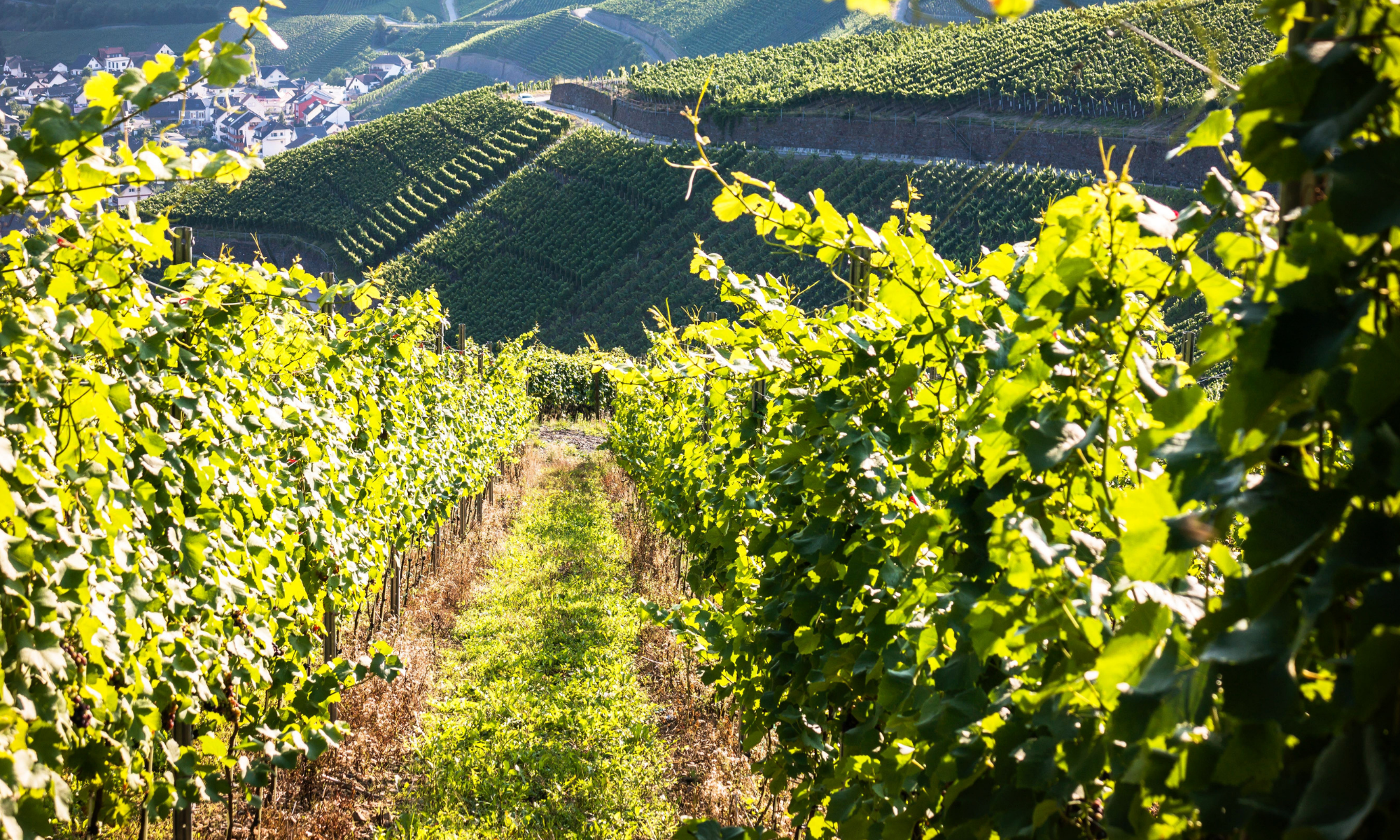
In some places spring is already poking through. Not where I live – that won’t happen for another month. Maybe more, given the unpredictable nature of this winter … But I couldn’t wait for things to totally thaw to share this book, published just a couple weeks ago.
Snowman – Cold = Puddle, By Laura Purdie Salas; illus. by Micha Archer
32 pages; ages 4-8. Charlesbridge, 2019
science + poetry = surprise!
“Science is why and how a flower grows,” writes Laura Purdie Salas. “Poetry is looking at that flower and seeing a firework.” This book may look like math, but it is poetry in disguise. Laura takes us on a seasonal deep dive, exploring spring through a series of equations.
snowman – cold = puddle
breeze + kite = ballet
1 dandelion X 1 breath = 100 parachutes
Smaller text includes more information about these seasonal observations, along with context. For example, dandelions depend on wind to spread their seeds. And some of those seeds can travel hundreds of miles before settling down.
What I like love about this book: What a fun way to explore a season! And turning math into poetry is definitely a plus. I like that she includes a variety of math functions (addition, subtraction, multiplication) and divides her poem into three acts: early, mid-, and late spring. I like that there are two levels of reading this book, the math-poetry and the nature notes.
I love the artwork! In her notes at the back of the book, Micha Archer says that for her, spring = color. She used collage to create the illustrations, layering tissue papers, using crayon-rubbing resists with watercolor washes, carving her own stamps, then snipping, slicing, and gluing down the papers. She used oil paints to add the children’s faces.
But what I really, really, really love about this book is the equation she has left readers to solve on the very last page.
you + the world = ?
Head over to Archimedes Notebook for some Beyond the Book STEM-ish activities.

It’s STEM Friday! (STEM is Science, Technology, Engineering, and Mathematics)
Copyright © 2019 Sue Heavenrich All Rights Reserved.








 Charlotte’s Bones: The Beluga whale in a farmer’s field
Charlotte’s Bones: The Beluga whale in a farmer’s field

 The Dinosaur Expert
The Dinosaur Expert
